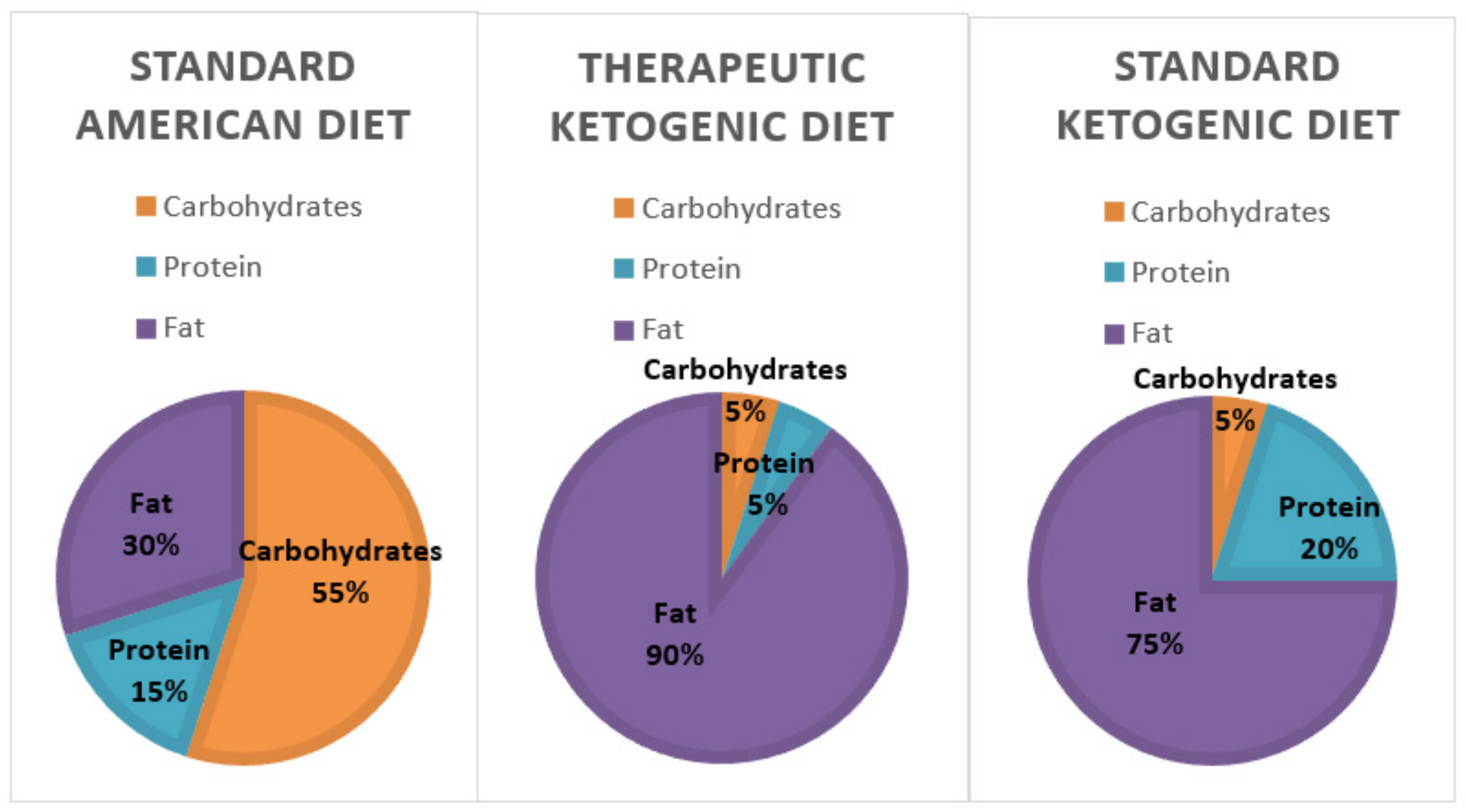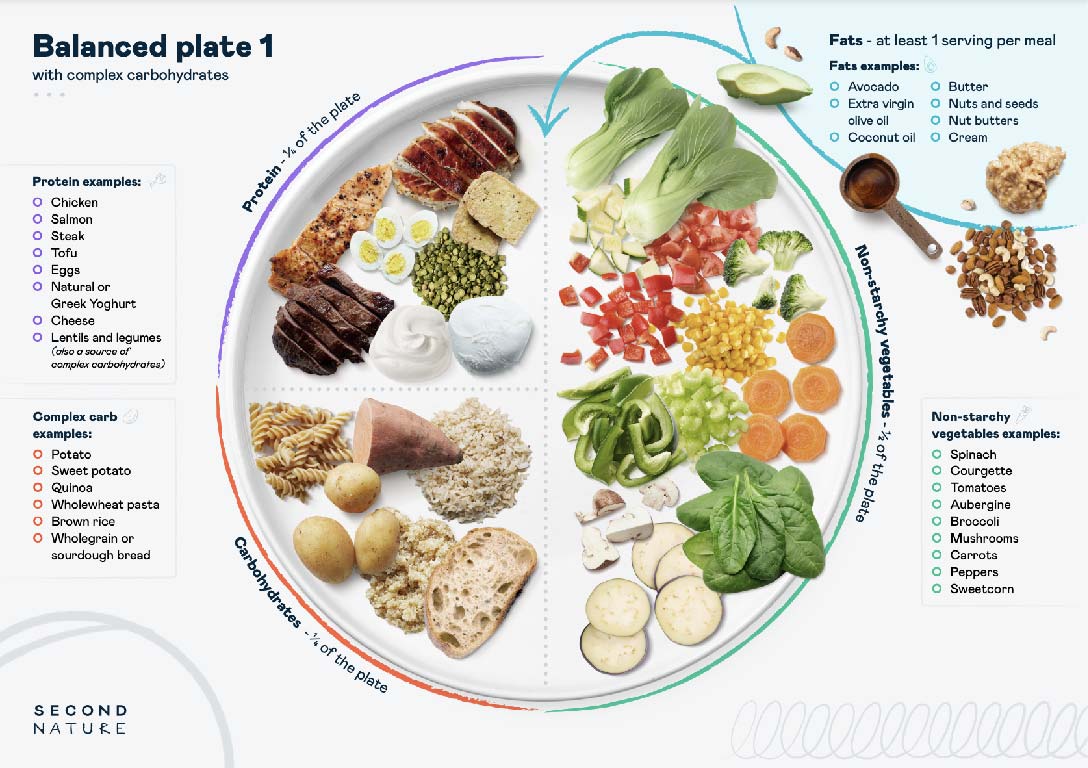
Hello, everyone! I'm Dr. Cho, and today we're exploring the key differences between low-carb high-fat (LCHF) diets and standard low-carb (or low-sugar) diets. Many people wonder what truly sets them apart. Both involve reducing carbohydrate intake, but is a low-carb diet simply about slashing carbs, while LCHF emphasizes ramping up fats? And the million-dollar question: Which one is better? As always, I'll offer a thoughtful take on this common query. In this article, we'll compare the two approaches, highlight their similarities and differences, and help you decide which might suit you best. If you find this insightful, feel free to share it with others!

Let's begin with low-carb high-fat, commonly abbreviated as LCHF. This approach is also known as the Ketogenic Diet, or simply Keto, particularly in the U.S. and Korea. In Europe, it's more often referred to as LCHF.
The core of LCHF is limiting daily carbohydrate intake to under 50 grams. Strict adherents might aim for as low as 20–30 grams. To compensate for the reduced energy from carbs, the diet shifts focus to fats, encouraging higher consumption of them. Normally, carbs supply glucose for energy, but in LCHF, fats are broken down into ketones, which the body can use as an efficient alternative fuel source.
One of the standout benefits of LCHF is the ability to verify ketosis—a metabolic state where your body primarily burns fat for energy instead of carbs. Think of it like a hybrid car seamlessly switching from gasoline to electric power. You can easily monitor this with simple tools like urine test strips or a breath analyzer. This feedback is a major advantage, as it confirms you're on the right path. Plus, if you're working with a doctor or coach, they can track your progress objectively.

In contrast, a low-carb or low-sugar diet typically caps daily carbs at under 100 grams. You might wonder, "Isn't 100 grams still quite a bit?" Well, consider that the average person consumes around 300 grams of carbs daily, often from unhealthy sources like sodas, instant coffees, juices, pizzas, burgers, and flour-based foods. Dropping to 100 grams—while prioritizing quality carbs—can lead to profound changes in your body. It improves insulin resistance and boosts overall health.
What qualifies as "good" carbs? Focus on vegetables, fruits, and sweet potatoes. In the U.S., sweet potatoes are a staple, though they're often the less sugary variety compared to those in Korea—not as flavorful, in my opinion! The overarching principle for both LCHF and low-carb diets is eliminating processed foods and opting for nutrient-dense carbs, regardless of whether your limit is 100 grams or 20 grams.

A key strength of the low-carb diet is its sustainability over the long haul, making it easier to maintain than LCHF for many people. Some LCHF enthusiasts might argue, "What's so challenging about it?" But the reality is that strict adherence to LCHF can be demanding. Older individuals often find it difficult from the outset, while younger folks might adopt a more relaxed version, reasoning, "As long as I'm losing weight, it's fine."
In your late teens or 20s, a high metabolism—especially for men—allows some flexibility. However, by your 40s or 50s, that changes. A 50-year-old trying to follow a casual approach like a younger person won't achieve the same results. It's not a flaw in the diet; it's how the body evolves with age. For many in older age groups, a low-carb diet incorporating brown rice or extra vegetables feels more manageable and sustainable.

Despite these challenges, LCHF boasts some irreplaceable advantages. For starters, it accelerates fat burning more effectively than a standard low-carb diet, which explains its popularity for weight loss—a perennial hot topic! It's particularly beneficial for those dealing with high blood pressure, insulin resistance, or metabolic syndrome. LCHF helps lower blood sugar and insulin levels, reduces inflammation, and stabilizes hormones related to metabolism.
Unlike extreme calorie restriction or starvation diets, LCHF maintains your well-being—you're less likely to experience brain fog, dizziness, or lethargy. For individuals with chronic fatigue, difficulty waking up, or afternoon energy crashes, LCHF can be transformative. I'd also recommend reducing caffeine intake alongside it. If fatigue persists on LCHF, double-check your macros: You might be over-relying on protein at the expense of fats.
LCHF shines in managing autoimmune conditions such as atopic dermatitis, asthma, or allergies. It helps soothe an overreactive immune system, decreasing hypersensitivity. Many allergies and asthma episodes stem from the immune system overreacting to harmless triggers; LCHF restores equilibrium in a potent way.
Originally developed as a therapeutic tool rather than a weight-loss fad, LCHF is ideal for neurological issues like Parkinson's disease, early-stage dementia, nerve pain, or epilepsy. Boosting fat intake—often through sources like coconut oil or butter—has led to life-changing improvements for many. These success stories drive the LCHF community's expansion, with enthusiasts eagerly sharing their journeys.
It's misguided to dismiss these anecdotes as "mere personal experiences" without empirical backing. Real-world observations often inspire scientific inquiry—that's the essence of robust research. Clinging to outdated notions like "saturated fats inevitably raise cholesterol and cause heart attacks" borders on dogma, not evidence-based science. It's more akin to blind faith than critical thinking.
As healthcare professionals, we should observe patient outcomes, document case studies, and initiate studies accordingly. In fact, research on LCHF is already underway. Even mainstream hospitals are advising patients to "cut carbs." More studies are emerging, and with the internet, this information is accessible to all—no need for a library card. There are no hidden truths anymore; it's just a question of curiosity and willingness to explore.
So, which diet reigns supreme? Rather than declaring a winner, I'll share my own routine. I primarily follow intermittent fasting combined with a low-carb diet, but I periodically switch to LCHF every few weeks or months. At home, I indulge in pasta occasionally—perhaps on a relaxed Friday, about once a week. Lately, I've been dining out more than ideal, so I'm working on scaling that back.
With my active lifestyle, solid metabolism, and good health, I can tolerate some processed foods or restaurant meals. I'm in my mid-30s but maintain the metabolism and fitness level of someone in their late 20s. For my patients, however, I advocate strict LCHF paired with intermittent fasting until they achieve their objectives—be it weight loss, stabilized blood sugar, or reduced cholesterol. During this phase, steer clear of processed foods and eating out.
Remember, everyone's body is unique. Some may not require LCHF; a low-carb or even vegetarian approach could suffice. Once you reach your goals, you can transition to a more flexible low-carb style with intermittent fasting, as I do. The ultimate aim is a lifelong, enjoyable lifestyle—not a grueling regimen you'll abandon after a short time.
If you embark on LCHF or intermittent fasting and encounter discomfort like body aches, fatigue, or intense cravings, don't view it as defeat. These symptoms often arise from toxins being released from fat stores. This is where a knowledgeable mentor, doctor, or coach becomes invaluable—don't navigate it solo.
In summary, LCHF and low-carb diets share common goals but operate through distinct mechanisms. Even vegetarian diets can yield similar benefits! Whether it's tales of "LCHF reversing my diabetes and helping me shed 20 kilos" or "Going vegetarian normalized my blood pressure," both paths can lead to success. I'll dive deeper into why in a future piece! If this article resonated with you, share your own experiences in the comments below. Let's support each other in building healthier lives!
```